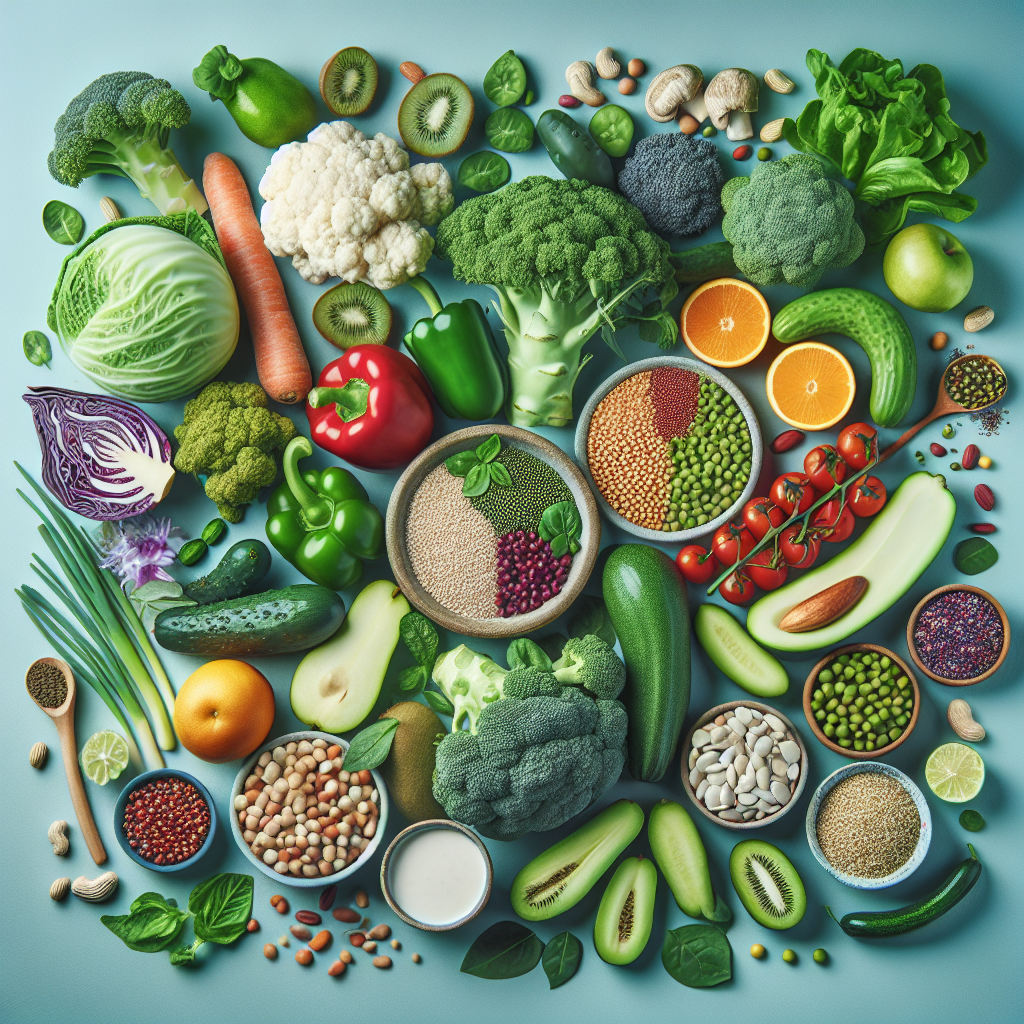In our fast-paced world, making healthy food choices can feel overwhelming. However, finding nutritional balance in your diet is vital for overall well-being. With our guide, Eat Smart: The Ultimate Guide to Nutritional Balance in Your Diet, you can simplify the journey toward healthier eating habits.
Understanding Nutritional Balance
Nutritional balance means consuming a variety of foods in the right proportions to obtain essential nutrients—vitamins, minerals, proteins, fats, and carbohydrates. This balance supports your energy levels, boosts your immune system, and promotes overall health.
Key Nutritional Components
-
Fruits and Vegetables
- Aim for a colorful plate! The more diverse your fruits and veggies, the wider the range of nutrients.
- Studies show that diets rich in fruits and vegetables can lower the risk of chronic diseases.
-
Whole Grains
- Incorporate whole grains like brown rice, quinoa, and whole wheat bread. They provide more fiber, which is essential for digestion.
- Whole grains can help you feel full longer, reducing the temptation for unhealthy snacks.
-
Lean Proteins
- Include sources like chicken, fish, beans, and legumes. These help repair body tissues and provide lasting energy.
- Consider plant-based proteins as fantastic alternatives that are packed with nutrients.
-
Healthy Fats
- Not all fats are created equal! Opt for avocados, nuts, seeds, and olive oil.
- Incorporating healthy fats can improve heart health and support brain function.
-
Dairy or Dairy Alternatives
- Choose low-fat or fat-free dairy options or fortified plant-based alternatives for calcium and vitamin D.
- These are crucial for bone health and overall growth.
Tips for Eating Smart
-
Plan Your Meals: Mismatched meals often lead to unhealthy choices. Planning your meals in advance helps you stay on track.
-
Mindful Eating: Take time to enjoy your food. Pay attention to flavors, textures, and your body’s hunger signals.
-
Stay Hydrated: Water is essential for every function in your body. Aim for at least 8 glasses of water a day!
-
Limit Processed Foods: These often contain hidden sugars and unhealthy fats. Focus on whole foods whenever possible.
-
Practice Portion Control: Beware of oversized portions. Use smaller plates to help control your serving sizes.
Healthy Snacking Ideas
- Nuts and Seeds: Great sources of healthy fats and protein.
- Greek Yogurt with Berries: A delicious combination of protein and antioxidants.
- Veggie Sticks with Hummus: A perfect blend of crunch and creaminess.
The Mind-Body Connection
Eating smart is not just about the food you consume but also about nurturing a positive relationship with your body. Recognize what feels good for you, and don’t be afraid to indulge occasionally. Remember, balance is key.
Making Sustainable Changes
Adjusting your diet doesn’t have to be drastic. Gradually swap unhealthy ingredients for healthier options. For instance, switch white rice for quinoa or sugary drinks for herbal teas. These small changes can lead to lasting habits!
Conclusion
Embracing a balanced diet can be a rewarding journey, enhancing your energy and mood while nourishing your body. By incorporating the principles outlined in Eat Smart: The Ultimate Guide to Nutritional Balance in Your Diet, you can take significant steps toward a healthier lifestyle. Remember, it’s not about perfection, but progress. Start today, and enjoy the journey to wellness!











